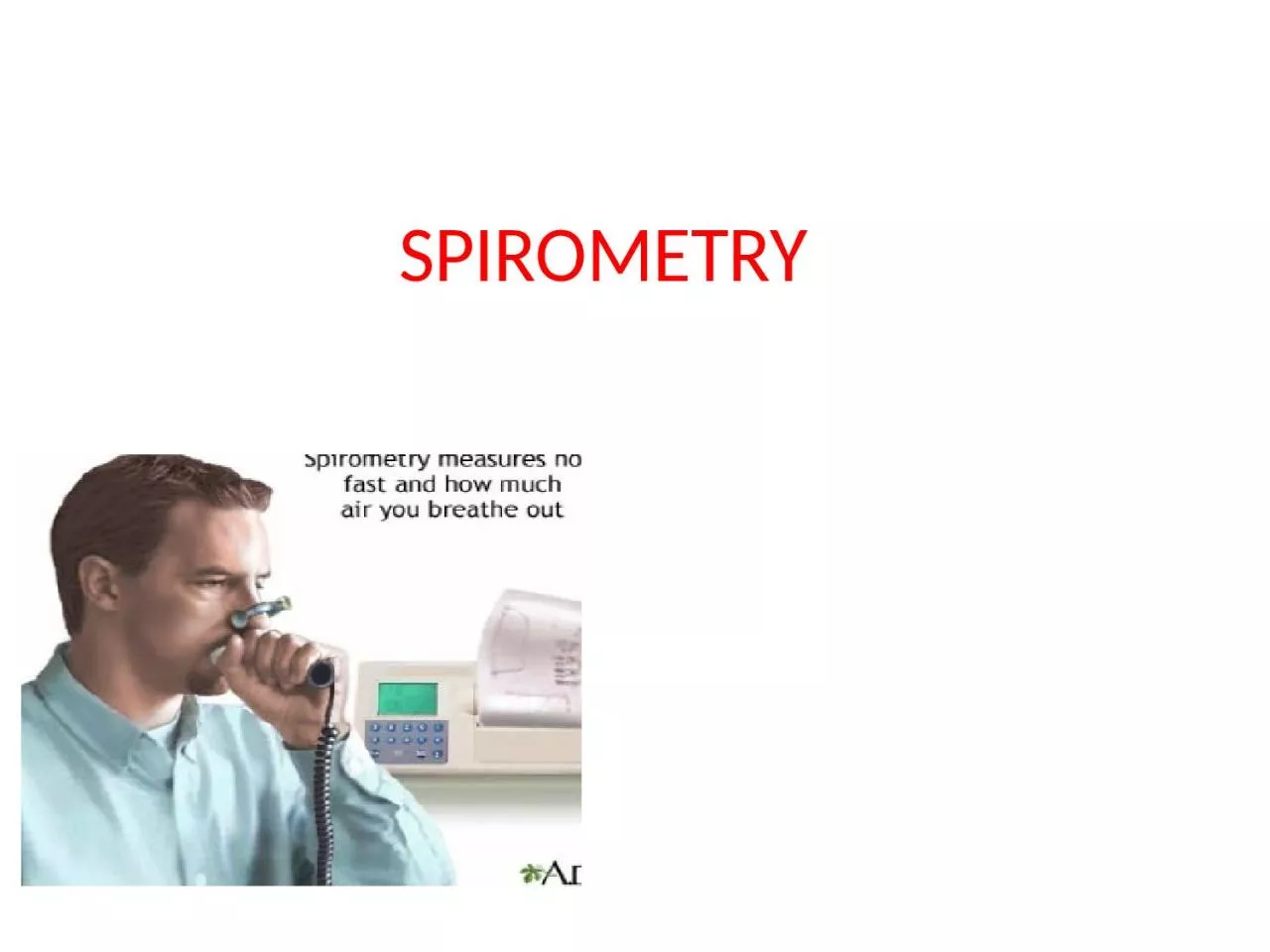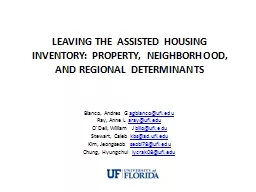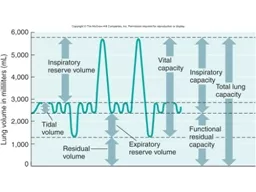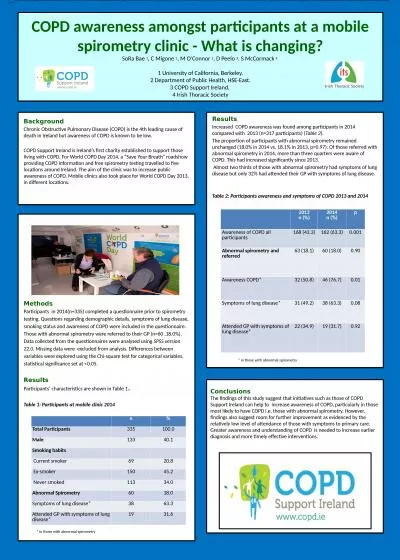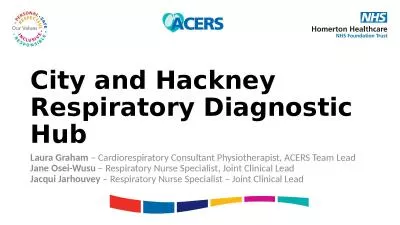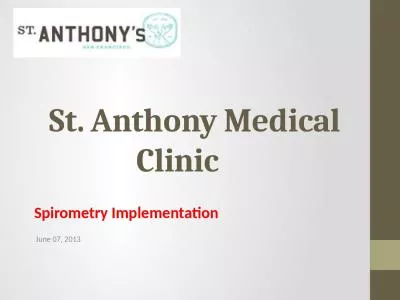PPT-SPIROMETRY Spirometry is the measurement of the flow and volume of air entering and leaving
Author : adah | Published Date : 2024-03-15
Static lung volumes and capacities Tidal Volume TV The volume of air inhaled amp exhaled at each breath during normal quiet breathing Inspiratory Reserve Volume
Presentation Embed Code
Download Presentation
Download Presentation The PPT/PDF document "SPIROMETRY Spirometry is the measuremen..." is the property of its rightful owner. Permission is granted to download and print the materials on this website for personal, non-commercial use only, and to display it on your personal computer provided you do not modify the materials and that you retain all copyright notices contained in the materials. By downloading content from our website, you accept the terms of this agreement.
SPIROMETRY Spirometry is the measurement of the flow and volume of air entering and leaving: Transcript
Download Rules Of Document
"SPIROMETRY Spirometry is the measurement of the flow and volume of air entering and leaving"The content belongs to its owner. You may download and print it for personal use, without modification, and keep all copyright notices. By downloading, you agree to these terms.
Related Documents

